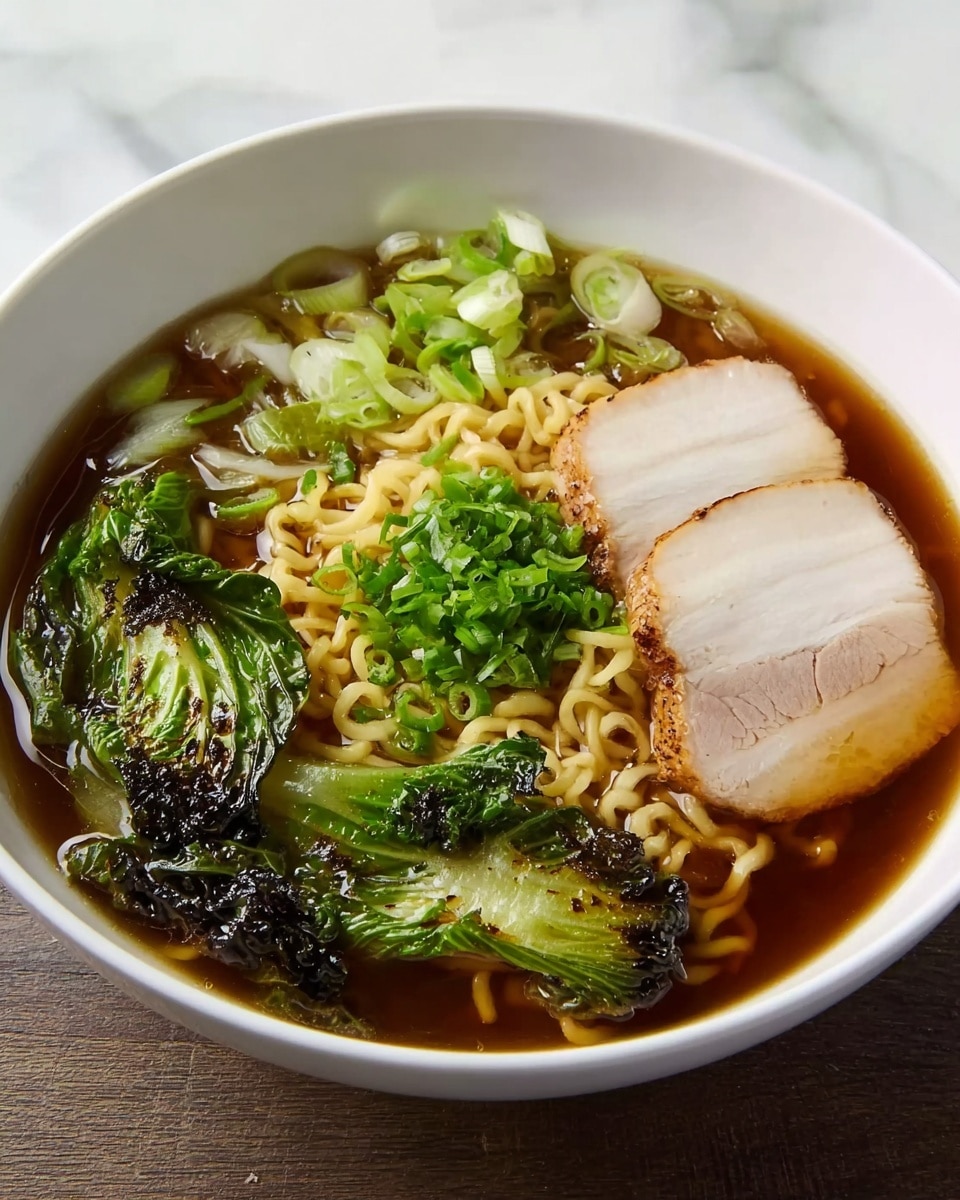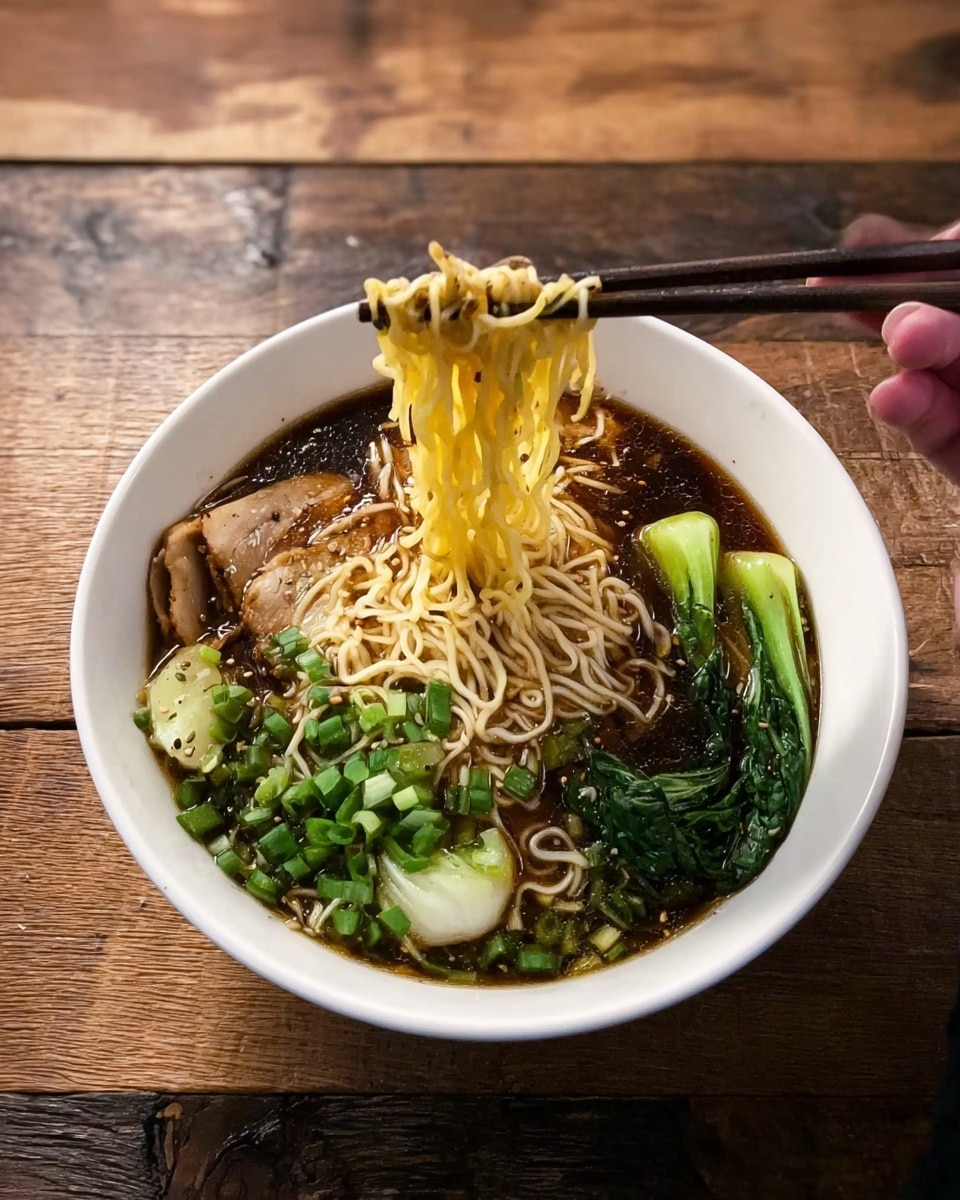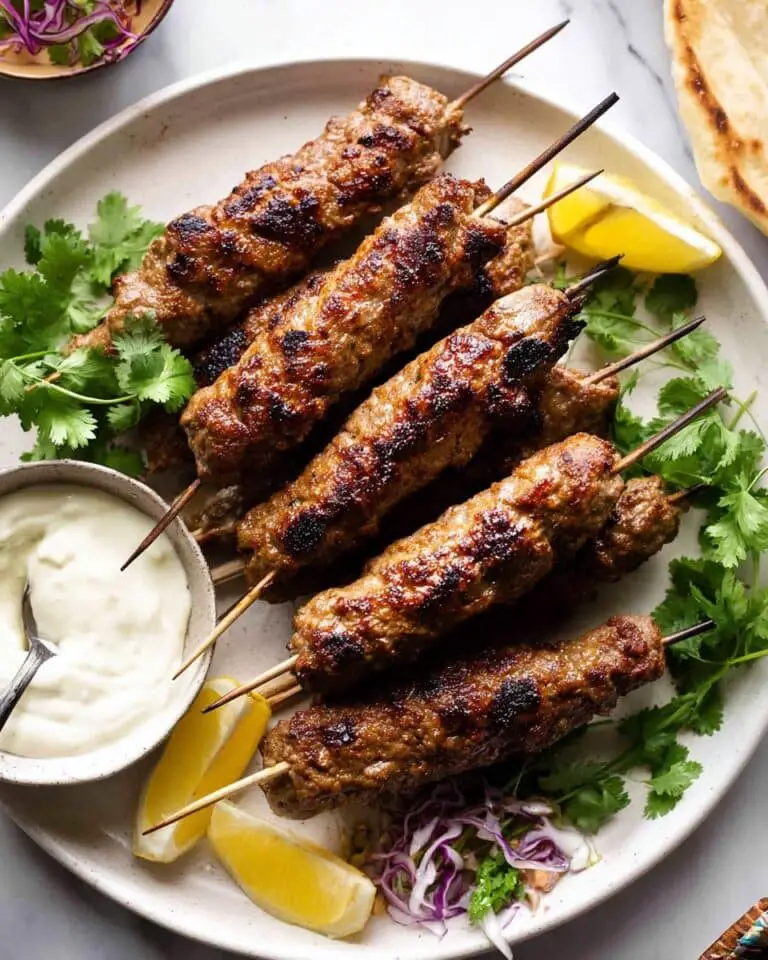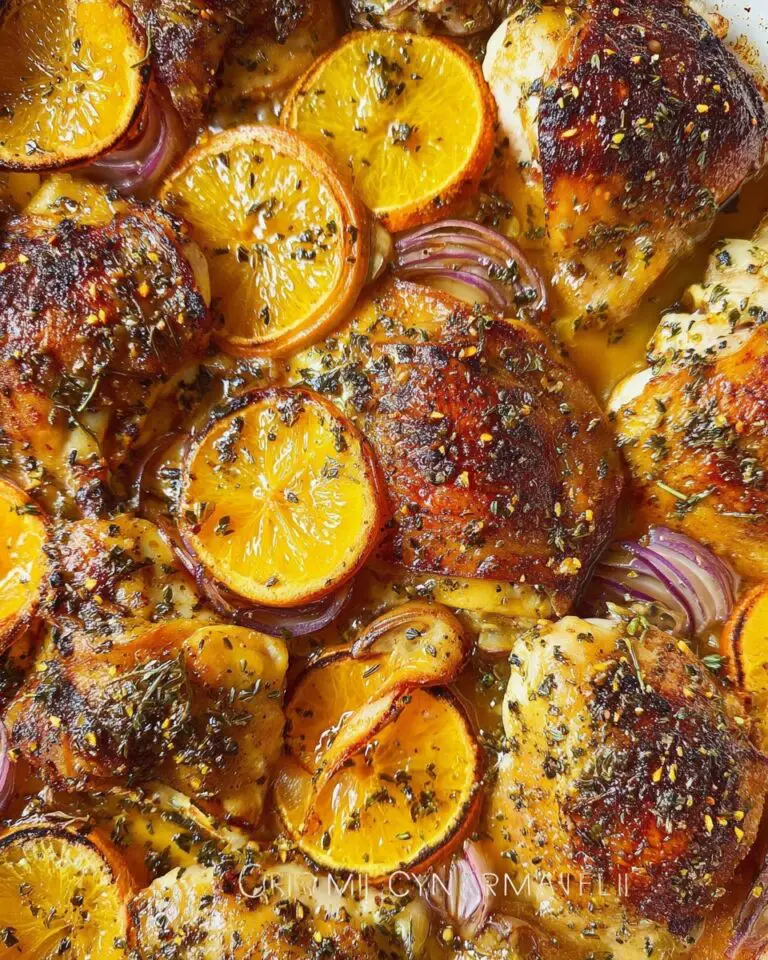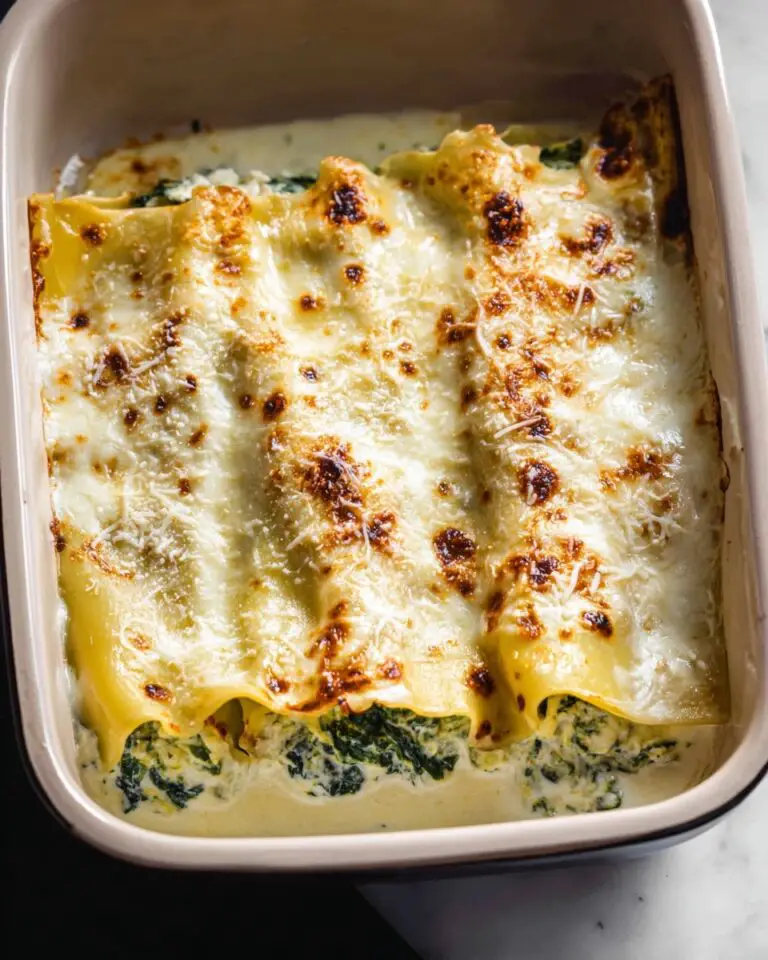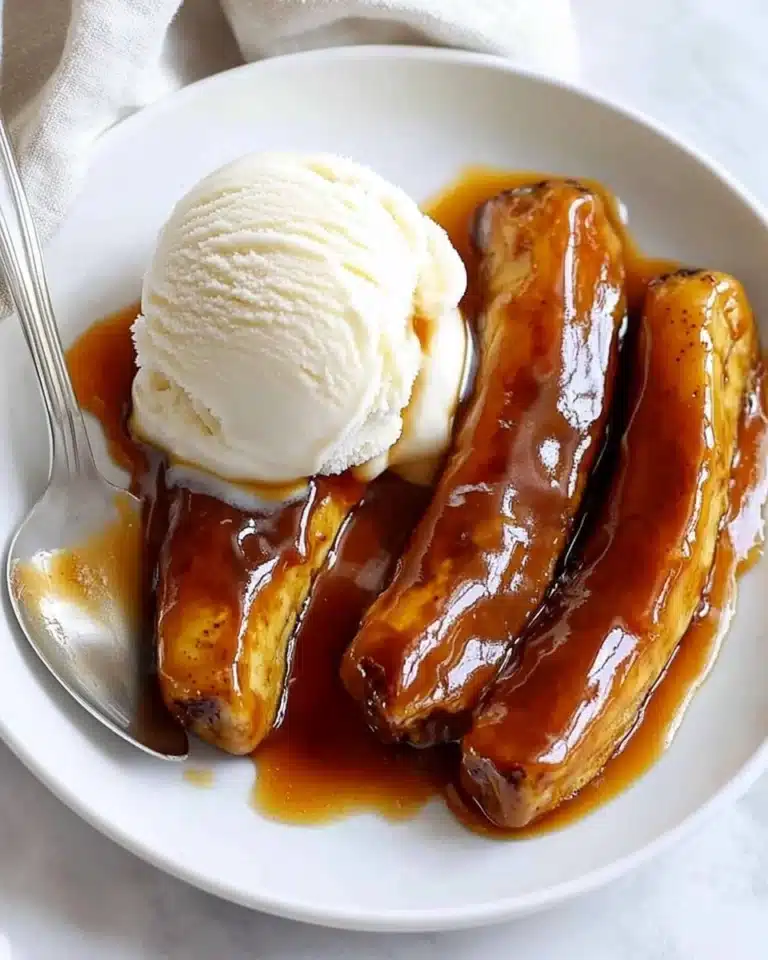If you love warm, comforting bowls of noodles as much as I do, then you’ll absolutely want to try this Turkey Chintan Ramen Recipe. It’s a beautiful way to use up those turkey bones after a big roast, turning them into a rich, flavorful broth that carries all the good vibes of traditional ramen but with a satisfying turkey twist. When I first tried this, I was amazed at how the deep, savory broth combined with charred Brussels sprouts and tender turkey slices made every slurp so cozy and special. Keep reading because this recipe is fan-freaking-tastic and easier than you might think!
Why You’ll Love This Recipe
- Transformative Broth: You get a deep, rich turkey broth that feels like magic in every spoonful.
- Brussels Sprouts Twist: The charred sprouts add a fresh pop of flavor and texture that surprises the palate.
- Leftover Friendly: It’s a brilliant way to breathe new life into turkey leftovers and bones.
- Customizable Garnishes: You can play around with toppings to make this ramen truly your own.
Ingredients You’ll Need
Each ingredient here plays an important role. The turkey bones for a sturdy broth, the soy-based tare for that umami boost, and the Brussels sprouts for a light, fresh crunch. When shopping, look for fresh, firm Brussels sprouts and quality soy sauces—you’ll really taste the difference.
- Turkey bones: Use bones reserved from a roast turkey for the most flavorful base.
- Soy sauce: This adds salty, umami depth; I like to use a good quality variety.
- Tamari: Helps enrich the tare; gluten-free tamari is great if you want to avoid gluten.
- Mirin: Adds a subtle sweetness and shine to your ramen broth.
- Canola oil: A neutral oil perfect for searing the Brussels sprouts without overpowering flavors.
- Brussels sprouts: Divided into leaves, they char beautifully and add a unique crunch.
- Kosher salt: For seasoning and bringing out flavors.
- Ramen noodles: Store-bought or homemade; choose your favorite style.
- Rendered turkey fat: This delicious fat adds richness and authenticity to your bowl.
- Scallions: The whites and greens add layers of flavor and vibrant color.
- Black pepper: Freshly ground for a touch of heat and aroma.
- Apple cider vinegar: Just a few drops to brighten and balance the broth.
- Roast turkey breast slices: For hearty, tender protein topping your ramen.
Variations
I love how flexible this Turkey Chintan Ramen Recipe is. You can tweak it depending on what you have on hand or your dietary preferences, and it still tastes fantastic. I often swap in different veggies or play with proteins, so don’t hesitate to get creative.
- Vegetarian Variation: I once swapped the turkey bones for a mushroom and kombu broth to make a veggie-friendly version, adding roasted tofu for protein—it was surprisingly rich and satisfying.
- Spicy Kick: If you like a little heat, a drizzle of chili oil or a sprinkle of shichimi togarashi is a game-changer that wakes up your taste buds.
- Seasonal Veggies: Feel free to switch out Brussels sprouts for bok choy, spinach, or even thinly sliced carrots depending on the season.
- Low-Sodium: Use low-sodium soy sauce and adjust seasoning so it’s heart-friendly but still flavorful.
How to Make Turkey Chintan Ramen Recipe
Step 1: Crafting the Broth with Care
This step makes all the difference. Pop your turkey bones into a pressure cooker and cover with water, making sure you don’t exceed the max fill line. If you have a stovetop pressure cooker, bring it to pressure over high heat, then drop to medium-low and let it do its magic for an hour. Electric pressure cooker? Just set it on high pressure for an hour. After that, I always let it depressurize naturally because it keeps the broth clearer and richer. Strain carefully through a fine-mesh sieve—you’re left with this beautiful, golden broth that’s the heart and soul of your ramen.
Step 2: Mixing the Perfect Tare
The tare is what layers in the salty, savory notes. Whisk together soy sauce, tamari, and mirin until they harmonize. I usually make this right before serving so it stays fresh and vibrant. This mix will mingle with the broth and season every sip of your bowl.
Step 3: Searing Brussels Sprouts Leaves
Heat your canola oil in a large skillet until it just begins to smoke—this high heat is key for that irresistible char. Toss in the Brussels sprouts leaves, sprinkle with kosher salt, and keep tossing for about two minutes until they turn bright green with those gorgeous brown spots. It adds a smoky, crunchy contrast you never expect from typical ramen toppings, and my family goes crazy for this part every time.
Step 4: Bringing It All Together For Serving
Cook your ramen noodles according to package instructions or handmade recipe. While they cook, spoon tare, rendered turkey fat, sliced scallion whites, and freshly ground black pepper into warmed bowls. Pour in hot broth, add a splash of apple cider vinegar for acidity, then nestle the noodles in the bowl. Finish by topping with slices of roast turkey breast, those charred Brussels sprouts, and the bright green scallion tops. This is where all components marry into an utterly satisfying bowl that tastes like a labor of love without the fuss.
Pro Tips for Making Turkey Chintan Ramen Recipe
- Keep Broth Clear: Don’t rush the natural depressurizing process—it helps keep your broth clear and flavorful.
- Char Those Sprouts: High heat is essential for that perfect crispy charring; don’t overcrowd the pan.
- Use Rendered Fat Wisely: Adding turkey fat to each bowl enriches the broth and gives authentic depth—don’t skip this step!
- Acidity Balancing: The vinegar is subtle but critical—add gradually and taste to avoid overpowering the delicate broth.
How to Serve Turkey Chintan Ramen Recipe
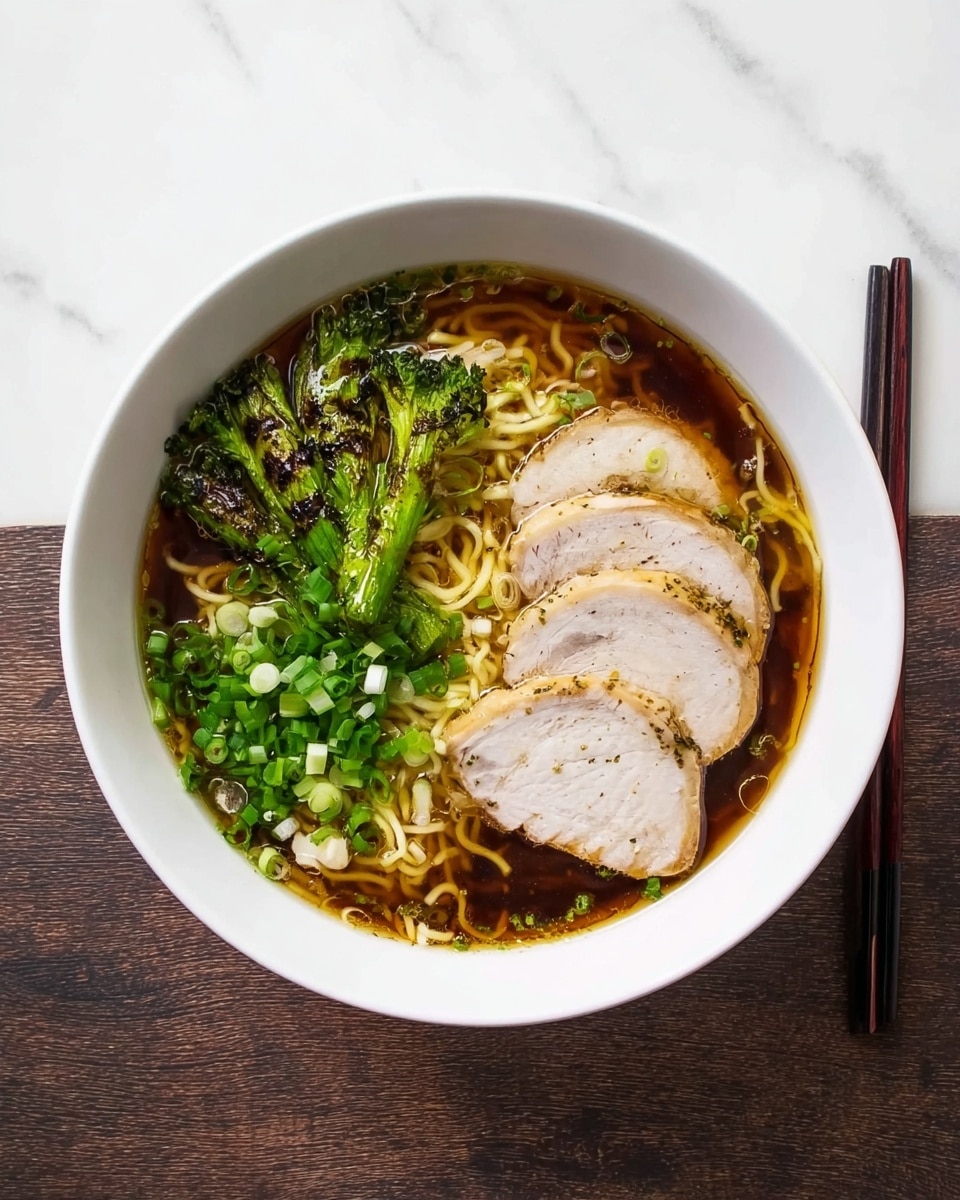
Garnishes
When I serve this ramen, I swear by fresh scallion slices for color and crunch. Sometimes I toss on a soft-boiled egg or a sprinkle of toasted sesame seeds for extra indulgence. A few drops of chili oil or a flurry of toasted nori strips also take things up a notch, especially when serving guests.
Side Dishes
I like pairing this Turkey Chintan Ramen with light sides like pickled ginger or a simple cucumber salad dressed with rice vinegar. Occasionally, I’ll make crispy gyoza or grilled edamame to round out the meal and keep things fun and Japanese-inspired.
Creative Ways to Present
For special occasions, I arrange the toppings artfully: fanning out turkey slices, layering scallions for a green burst, and vertically stacking the Brussels sprouts. Serving in colorful ramen bowls with chopsticks and a side of pickled vegetables turns dinner into an experience everyone remembers.
Make Ahead and Storage
Storing Leftovers
After enjoying your first bowl, transfer any leftover broth, turkey slices, and toppings into airtight containers. I always keep broth separate from noodles to avoid sogginess. Stored properly in the fridge, everything stays fresh for 3-4 days.
Freezing
I’ve frozen turkey broth in freezer-safe containers, which comes in handy for quick meals later. Just skip freezing noodles and veggies, as they don’t hold up well. When you want ramen, thaw the broth slowly in the fridge overnight.
Reheating
Reheat broth gently on the stove so it doesn’t boil aggressively and lose clarity. Warm turkey slices separately or add them cold to your bowl. Cook fresh noodles or quickly reheat separately before assembling the ramen for best texture.
FAQs
-
Can I make Turkey Chintan Ramen Recipe without a pressure cooker?
Absolutely! You can simmer the turkey bones in a large pot with water on low heat for about 6-8 hours to develop a rich broth. Just keep an eye on the water level, topping up when needed. The pressure cooker just speeds up the process and makes it a bit easier.
-
What if I don’t have turkey fat rendered?
Rendered turkey fat really elevates the ramen, but if you don’t have it, a neutral oil like canola or a little chicken fat will work in a pinch. Or skip it and rely on the tare and broth to carry the flavor.
-
Can I use store-bought turkey broth?
You can, but it won’t have quite the same depth or complexity. If you’re in a pinch, boost it with added soy sauce, mirin, and seared Brussels sprouts to bring it closer to the homemade flavor in this recipe.
-
What noodles work best for this ramen?
I love fresh ramen noodles when I can find them, but dried or even instant-style noodles work well too. Just cook them separately and add right before serving so they don’t get soggy.
Final Thoughts
This Turkey Chintan Ramen Recipe has become a go-to for cozy nights and a fun way to celebrate turkey leftovers. I love how comforting and complex the broth gets, paired with fresh, crunchy sprouts and tender turkey slices. It’s like a big, flavorful hug in a bowl. You’ll enjoy making it as much as eating it, and trust me, once you try this, it’ll be a recipe you come back to again and again. Give it a whirl—you won’t regret it!
Print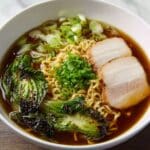
Turkey Chintan Ramen Recipe
- Prep Time: 5 minutes
- Cook Time: 80 minutes
- Total Time: 85 minutes
- Yield: 4 servings
- Category: Soup
- Method: Instant Pot
- Cuisine: Japanese-inspired
Description
This Turkey Chintan Ramen recipe transforms Thanksgiving turkey leftovers into a flavorful, nourishing bowl of ramen, featuring a rich homemade turkey bone broth, savory tare sauce, seared Brussels sprouts, and tender slices of roast turkey breast. Perfect for a satisfying and comforting meal.
Ingredients
Broth
- 4 lbs (1.8kg) turkey bones, reserved from a roast turkey
- 6 1/4 cups (1.5L) water
Tare Sauce
- 1 cup (200ml) soy sauce
- 1/4 cup (60ml) tamari
- 1/4 cup (60ml) mirin
Toppings and Noodles
- 1 tablespoon (15ml) canola oil, or other neutral oil
- 3 medium Brussels sprouts, divided into individual leaves
- Kosher salt
- 4 servings ramen noodles, either store-bought or homemade
- 1/2 cup (120ml) rendered turkey fat
- 2 scallions, white and green parts divided and thinly sliced
- Freshly ground black pepper
- Apple cider vinegar, to taste
- 4 (1/2-inch-thick) slices roast turkey breast
Instructions
- Make the Broth: Place turkey bones in a pressure cooker and cover with 6 1/4 cups (1.5L) water, ensuring not to exceed the max-fill line. For stovetop pressure cooker, cover and heat over high until pressure is reached, then reduce to medium-low and cook for 1 hour. For electric pressure cooker, cook on high pressure for 1 hour. Allow the pressure to release naturally. Strain the broth through a fine-mesh sieve into a large bowl. Reheat if using immediately, or cool and refrigerate for later use.
- Prepare the Tare: In a small bowl, combine soy sauce, tamari, and mirin, stirring until well mixed. Set aside.
- Sear the Brussels Sprouts: Heat canola oil in a large skillet over high heat until lightly smoking. Add Brussels sprouts leaves, season with kosher salt, and cook while tossing frequently until the leaves are bright green and charred in spots, about 2 minutes. Remove from heat and transfer to a bowl.
- Cook the Noodles: Bring a large pot of water to a boil over high heat. Cook ramen noodles according to package or recipe instructions until just tender. Drain well.
- Assemble and Serve: In each warmed serving bowl, spoon 2 tablespoons of tare, 1 tablespoon of rendered turkey fat, 1/4 of the thinly sliced scallion whites, and a grind of freshly ground black pepper. Pour in 1 1/2 cups (360ml) of boiling broth, adding several drops of apple cider vinegar to taste. Add cooked noodles, then top with slices of roast turkey breast, seared Brussels sprouts leaves, and the sliced green parts of scallions. Serve immediately while hot.
Notes
- Use turkey bones reserved from your roast turkey to maximize flavor in the broth.
- Tare sauce blends soy sauce, tamari, and mirin to create a balanced savory base for the ramen.
- Rendered turkey fat adds richness to the broth and enhances the flavor of the final dish.
- Seared Brussels sprouts provide a nice textural contrast and slightly smoky flavor.
- Adjust apple cider vinegar to taste, enhancing the broth’s brightness.
- This recipe serves 4 hearty bowls.
Nutrition
- Serving Size: 1 bowl
- Calories: 843 kcal
- Sugar: 6 g
- Sodium: 2326 mg
- Fat: 29 g
- Saturated Fat: 8 g
- Unsaturated Fat: 21 g
- Trans Fat: 0 g
- Carbohydrates: 97 g
- Fiber: 6 g
- Protein: 47 g
- Cholesterol: 121 mg

